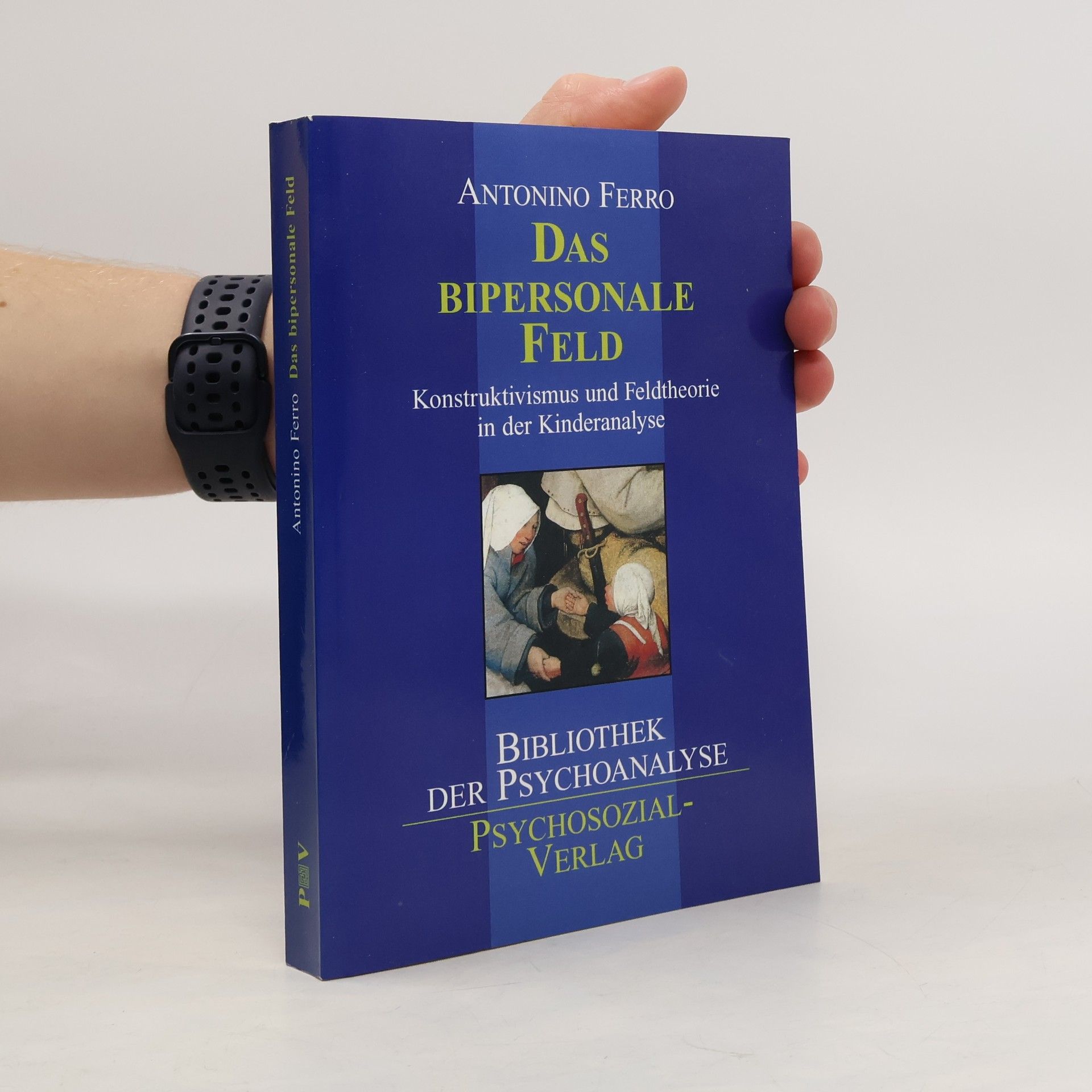Der Autor betrachtet die Psychoanalyse aus zwei Blickwinkeln: als eine Form der Literatur, also als eine Reihe von Erzählungen, die zwischen Patient und Analytiker entstanden sind, und als eine Therapie oder auch Kur von seelischem Leid. Das Buch ergründet den Zusammenhang von Narrationen und Deutungen innerhalb der analytischen Sitzung sowie den Begriff des Charakters, wie er in der Literatur und in diversen psychoanalytischen Modellen gebraucht wird. Ein zentraler Teil ist den Möglichkeiten gewidmet, Sexualität zu verstehen - und Sexualität als Zugang zu den Funktionsweisen des Geistes zu begreifen. Ebenso wird ein Thema wieder aufgenommen, das Ferro besonders am Herzen liegt: die Kinderpsychoanalyse. Angefangen bei deren post-kleinianischer Konzeptualisierung und angelehnt an die Lehren von Bion und Baranger, erarbeitet der Autor einen originellen Entwurf der Transformationen, die im Raum der Analyse stattfinden. Dabei stellt er sich der Verantwortung, die die Leitung einer gemeinsamen Entdeckungsreise mit sich bringt.
Antonino Ferro Bücher




Bibliothek der Psychoanalyse: Das bipersonale Feld
Konstruktivismus und Feldtheorie in der Kinderanalyse
- 298 Seiten
- 11 Lesestunden
Playing and Vitality in Psychoanalysis
- 194 Seiten
- 7 Lesestunden
The authors present a collection of insightful writings that highlight their collaborative approach to psychoanalysis, viewing it as both a remedy for psychological distress and a source of pleasure and vitality. Their extensive clinical examples reinforce this perspective, showcasing the transformative potential of psychoanalytic practice.
Rooted in clinical supervisions at the Sao Paulo Institute of Psychoanalysis, this book captures the essence of dialogues from subsequent seminars. It offers insights into psychoanalytic discussions, providing a unique perspective on the therapeutic process and the complexities of human behavior. The text serves as a valuable resource for those interested in the interplay between theory and practice in psychoanalysis.